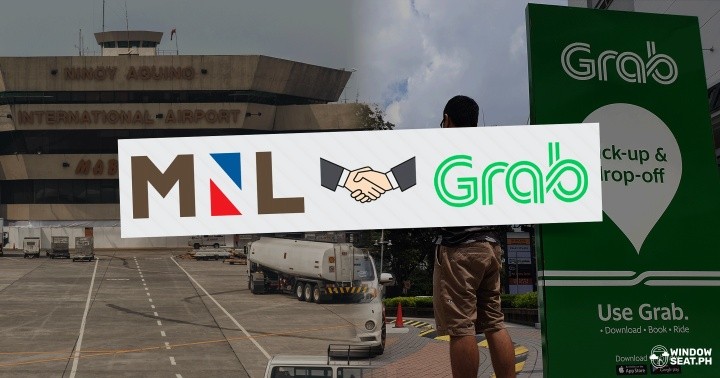Hong Kong International Airport Implements Sanitary Measures That Look Like They’re from the Future
Robots may be the new normal now.
by Ina Louise Manto | May 25, 2020
Airports are one of the busiest places in the world. Millions of people travel via air every day: Ninoy Aquino International Airport (NAIA) Terminal 3 alone is capable of providing services to 33,000 people daily. However, the airline industry took a huge blow when COVID-19 spread globally. Countries went on strict lockdowns, where domestic and especially international travels have been restricted.
Though the IATA predicts that international travel might not go back to normal until 2023, airports have begun taking different measures in adjusting to the new normal.
Disinfecting Pods
As lockdown restrictions ease in different countries, airports will slowly resume its operations. Hong Kong International Airport has stepped up in implementing measures to protect both its employees and passengers from the virus. And they look like they’re straight off a sci-fi movie.
The airport is the first in the world to install a full-body disinfection channel facility, “CLeanTech”. It operates by checking your body temperature first before allowing you to enter the pod (it will only open if you don’t have a fever). Then, you’ll undergo a 40-second sanitation and disinfection procedure. The pod uses a UV-based disinfection method for killing bacteria and viruses on the body.
Intelligent Sterilisation Robots
A period where robots roam freely among us seemed distant a few months ago. However, it seems that it would be the new normal soon. HK International Airport is also the first in the world to use Intelligent Sterilisation Robots (ISR) in sanitizing passenger terminals and comfort rooms.
The ISR is a locally developed technology that has been mainly used in sterilizing hospitals. It features built-in UV lights, 0.3um air filter, and 30-degree disinfection sprays and can kill up to 99.9% of viruses and bacteria on surfaces and in the air. The sanitation process only takes as short as 10 minutes.
Other measures being taken
Aside from this technology, the Hong Kong International Airport is taking other measures in protecting its workers and passengers. They have installed more automatic alcohol hand sanitizer dispensers and thermal scanners in entrances. Temperature checks for departing passengers have also become mandatory. They also use stronger sanitizers for coating high-touch surfaces like check-in kiosks and counters, bus and train handles, elevator buttons, and baggage claim areas.
The measures being taken by the airport, especially the pods and robots, are for staff testing for the entirety of May. If the trial procedure is successful, it is likely that the airport’s authorities will approve of the long term implementation of the sanitizing procedures.
What would the future of travel look like? Share your thoughts below!
Some helpful articles:
These Countries Are Planning to Gradually Open Their Borders to Tourists in June and July
Modified ECQ, GCQ, and Modified ECQ Explained: What Does This Mean for Travelers?
NAIA Enforces New Rules to Curb Spread of Virus; Here’s What You Need to Know About the ‘New Normal’ of Air Travel









